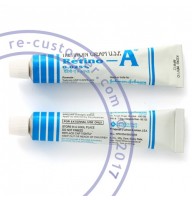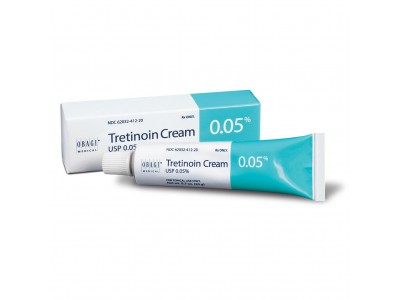Purging is a common side effect when starting treatment with Tretinoin (Retin-A). It occurs because Tretinoin speeds up the skin cell turnover process, which can initially cause an increase in acne breakouts. This happens as the medication brings underlying acne to the surface more quickly, leading to a temporary worsening of acne symptoms.
While purging can be frustrating, it is usually temporary and subsides as the skin adjusts to the medication. The duration of purging varies from person to person, but it typically lasts for a few weeks to a couple of months. It's important to note that not everyone experiences purging when starting Tretinoin, and some may have a mild reaction while others may have a more noticeable one.
There are a few strategies to potentially reduce the effects of purging:
Start Slowly: Begin with a lower concentration of Tretinoin or use it less frequently, allowing your skin to acclimate gradually to the medication.
Moisturize: Use a gentle, non-comedogenic moisturizer to keep your skin hydrated, as Tretinoin can sometimes cause dryness and irritation, which may exacerbate purging.
Avoid Harsh Products: Steer clear of other potentially irritating skincare products, such as harsh cleansers or scrubs, while your skin is adjusting to Tretinoin.
Sun Protection: Always use sunscreen during the day, as Tretinoin can increase sensitivity to the sun. Sunscreen helps protect your skin from further irritation and sun damage.
Patience and Consistency: Stick with your skincare routine and Tretinoin treatment as prescribed by your healthcare provider. It may take several weeks to see improvement, and pushing through the purging phase is often necessary to achieve clearer skin in the long term.
If purging persists or becomes severe, it's advisable to consult with your dermatologist or healthcare provider. They can assess your skin's response to Tretinoin and make adjustments to your treatment plan if necessary, ensuring you are on the best path to achieving clearer and healthier skin.

